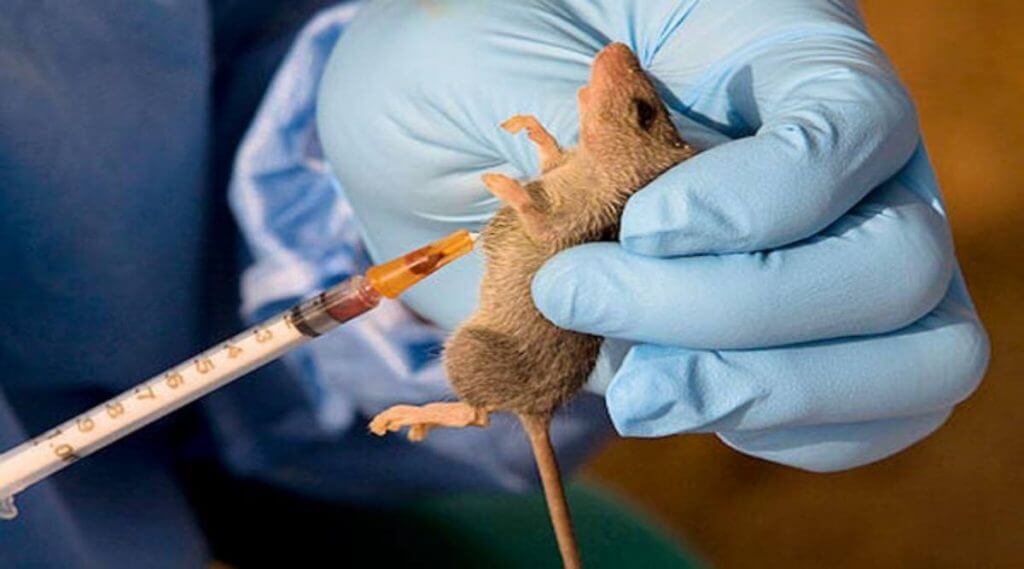In a world already plagued by the Covid-19 pandemic, a new virus has started causing worry among the people. The Lassa fever caused by the virus of the same name can be life-threatening and has been detected in at least three persons in the United Kingdom. Of them, one – a resident of Bedfordshire – died on February 11.

According to reports, all three cases of the virus in the UK have a travel history from West Africa. UK’s health officials have said that it has “pandemic potential”.
Eight cases of Lassa fever have been reported in the UK since the 1980s, with the last two coming in 2009. Meanwhile, forty people died of the acute disease caused by the Lassa virus in Nigeria in January, the Nigeria Centre for Disease Control (NCDC) had said earlier.
What is the Lassa fever?

Lassa fever is an acute viral haemorrhagic illness of 2-21 days duration that occurs in West Africa, says the World Health Organization (WHO). It is an animal-borne, or zoonotic, acute viral illness, mentions United States’ Centers for Disease Control (CDC).
How does it get transmitted?

The Lassa virus is transmitted to humans via contact with food or household items contaminated with rodent urine or faeces, says WHO. Is human-to-human transmission possible? Well yes. WHO mentions that person-to-person infections and laboratory transmission can also occur, particularly in hospitals lacking adequate infection prevention and control measures.
Is it fatal?

The overall case-fatality rate from Lassa is 1%. The observed case-fatality rate among patients hospitalized with severe cases of Lassa fever is 15%, says WHO, which also adds that early supportive care with rehydration and symptomatic treatment improves survival. It is considered an endemic in Benin, Ghana, Guinea, Liberia, Mali, Sierra Leone, and Nigeria, but probably exists in other West African countries as well.
What are the symptoms?

Lassa fever is an animal-borne acute viral illness mostly found in West Africa. Most of those infected show no to mild symptoms but about a fifth develop serious complications, such as respiratory distress, tremors, brain inflammation and multi-organ failure, which lead to death. Hearing loss occurs in a third of all cases. “The onset of the disease, when it is symptomatic, is usually gradual, starting with fever, general weakness, and malaise.
After a few days, headache, sore throat, muscle pain, chest pain, nausea, vomiting, diarrhoea, cough, and abdominal pain may follow. In severe cases, facial swelling, fluid in the lung cavity, bleeding from the mouth, nose, vagina or gastrointestinal tract and low blood pressure may develop,” the World Health Organization website quotes.
What are the treatments Lassa Fever?

The antiviral drug ribavirin is considered an effective treatment for Lassa fever if given early on in the course of clinical illness. There is no evidence to support the role of ribavirin as post-exposure prophylactic treatment for Lassa fever, says WHO. There is currently no vaccine that protects against Lassa fever.



























